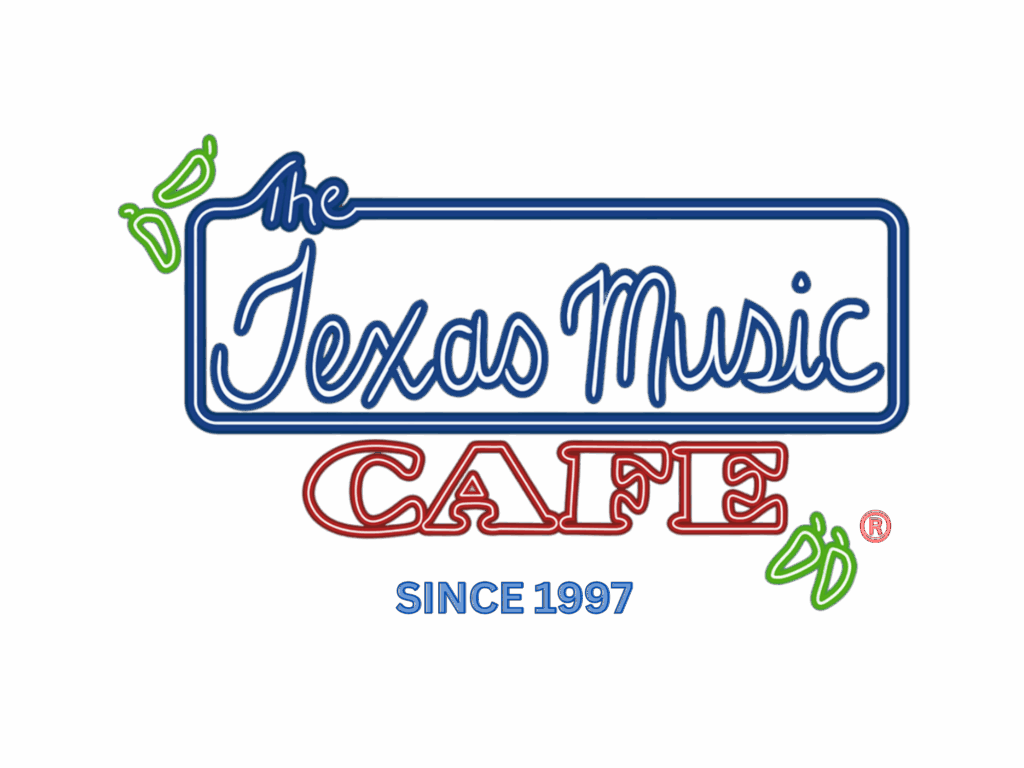A Guide to Copyright: Protecting Your Creative Work
Introduction to Copyright
Copyright is a form of intellectual property law that grants creators the exclusive right to control the use and reproduction of their original works of authorship. It is a fundamental legal concept designed to promote the progress of science and useful arts by securing, for a limited time, the exclusive rights to authors for their writings and discoveries.
What Does Copyright Protect?
Copyright protects original works of authorship fixed in a tangible medium of expression. This means the work must be:
- Original: Independently created by a human author with a minimal degree of creativity.
- Fixed: Captured in a sufficiently permanent medium (e.g., written down, recorded, saved digitally) so that it can be perceived, reproduced, or communicated for more than a short time.
Works commonly protected by copyright include:
- Literary Works: Novels, poems, articles, computer software, and databases.
- Musical Works: Songs, compositions, and sound recordings.
- Dramatic Works: Plays and screenplays.
- Visual Arts: Paintings, drawings, photographs, sculptures, and architectural works.
- Motion Pictures and Other Audiovisual Works: Films, videos, and video games.
What Does Copyright Not Protect?
Copyright protection does not extend to:
- Facts, ideas, concepts, or discoveries.
- Procedures, processes, systems, or methods of operation.
- Titles, names, short phrases, or slogans (these may be covered by trademark law).
- Works that are not fixed in a tangible form of expression (e.g., an unrecorded improvised speech).
How Copyright Works: Exclusive Rights and Duration
When Does Protection Begin?
Copyright protection is automatic. Your work is protected the moment it is created and fixed in a tangible form.
The Exclusive Rights of a Copyright Owner
The copyright owner has the exclusive right to do, or to authorize others to do, the following:
- Reproduce the work (make copies).
- Prepare derivative works (adapt the work, such as turning a book into a movie).
- Distribute copies of the work to the public by sale or other transfer of ownership, or by rental, lease, or lending.
- Perform the work publicly (for literary, musical, dramatic, and choreographic works, pantomimes, and audiovisual works).
- Display the work publicly (for literary, musical, dramatic, and choreographic works, pantomimes, and pictorial, graphic, or sculptural works).
- Perform the work publicly by means of a digital audio transmission (for sound recordings).
Duration of Copyright
In the United States, for works created on or after January 1, 1978, the general rule for the term of copyright protection is:
- For works by an individual author: The life of the author plus 70 years after the author’s death.
- For anonymous works, pseudonymous works, or works made for hire: 95 years from the year of first publication or 120 years from the year of creation, whichever term expires first.
Once the copyright term expires, the work enters the public domain and can be freely used by anyone without permission.
Registration: Automatic vs. Legal Advantage
While copyright is automatic, registration with the U.S. Copyright Office is voluntary but highly recommended because it offers significant legal advantages:
- It establishes a public record of the copyright claim.
- Registration (or refusal) is required if you wish to bring a lawsuit for infringement of a U.S. work.
- If registration occurs within five years of publication, it is considered prima facie evidence in a court of law.
- Timely registration may make the work eligible for statutory damages and attorney’s fees in a successful infringement lawsuit.
